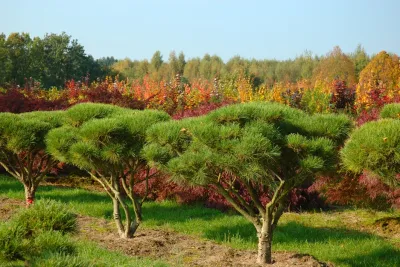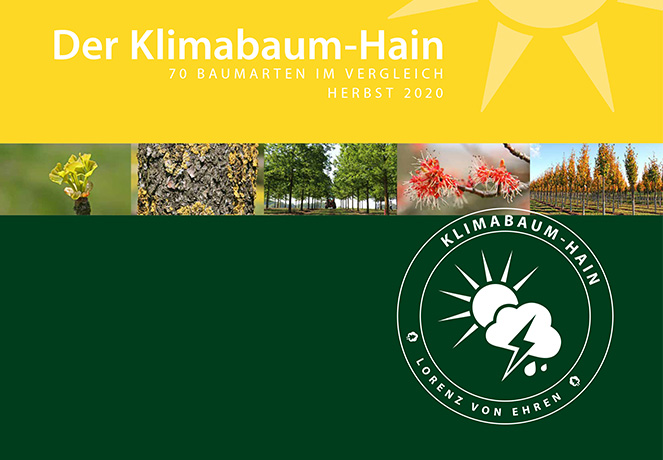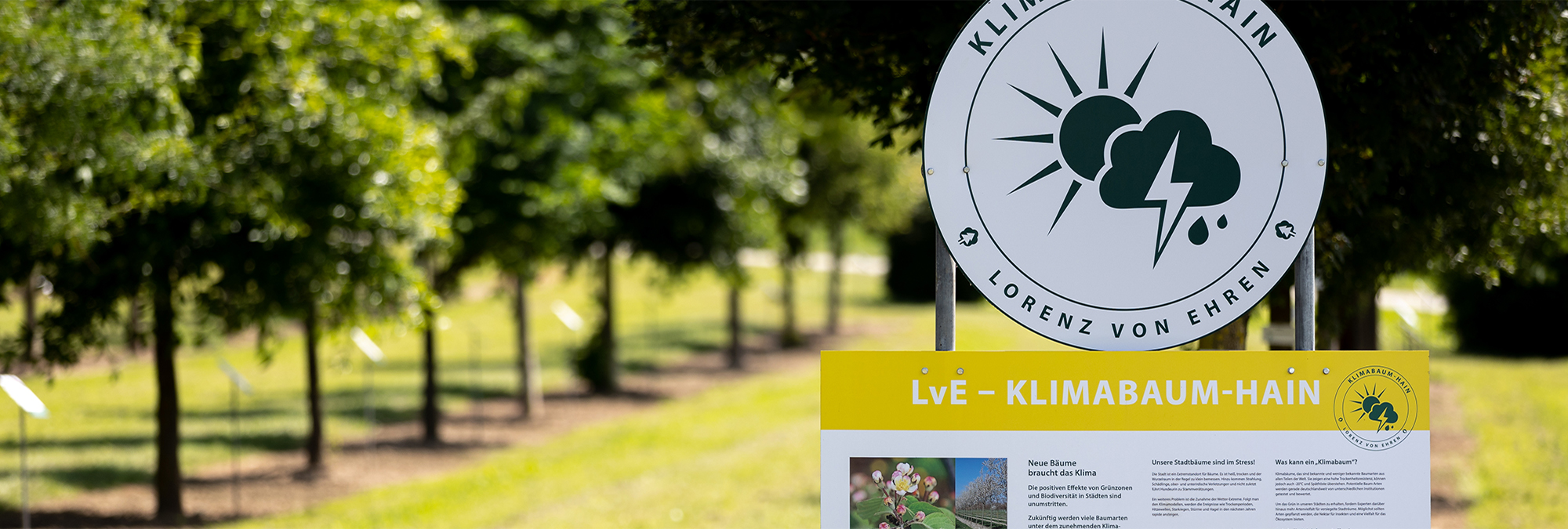
Climate change in the city

“We recommend a mix of native and foreign woody plants, as the latter in particular cope much better with extreme climatic conditions (drought, heat, heavy rain events, strong wind events, etc.).“
Bernhard von Ehren, managing partner
The city as a location
Native plants often can no longer cope with being in the city because the city is too hot. For example, urban greenery will have to be adapted to current conditions in the coming years. Bernhard von Ehren, managing partner of the Lorenz von Ehren nursery, recommends a mix of native and non-native trees, as the latter in particular cope much better with extreme climatic conditions (drought, heat, heavy rain events, strong wind events, etc.), for example the sweetgum tree (Liquidambar styraciflua) from North America or the Persian ironwood tree (Parrotia persica) from the Middle East.
When planting in the city, e.g. Stuttgart, , attention should be paid to practicability and less to ideology. In view of climatic changes, it should also be possible to take more account of non-native trees in urban greenery. These shrubs not only look good, they also cope better with the changed ambient conditions in the cities.
The function of the non-native woody plants as insect pasture and bird feeding shrubs is barely an issue. On the contrary, for the local fauna this makes no difference at all.
Downloads

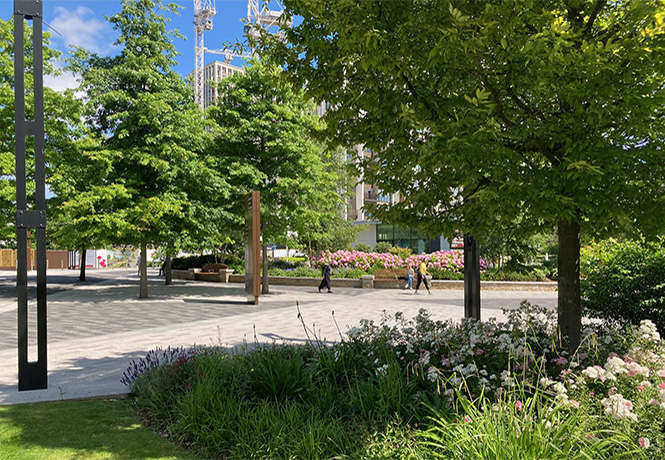
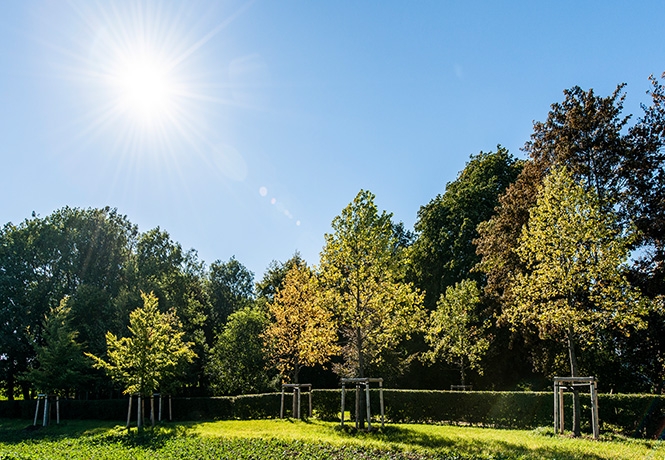
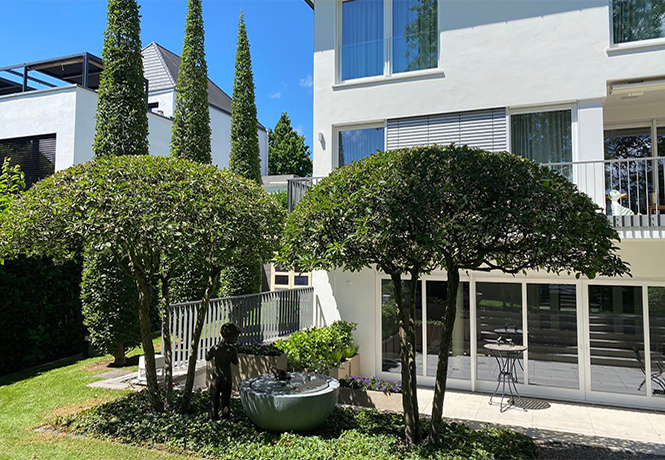
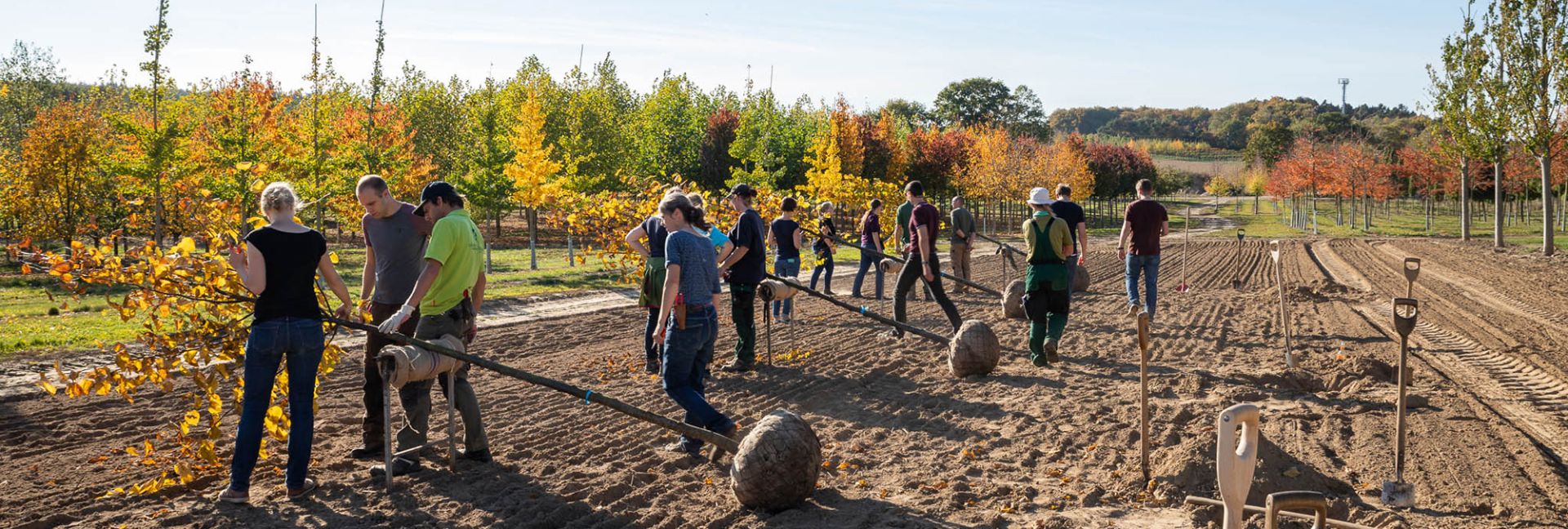
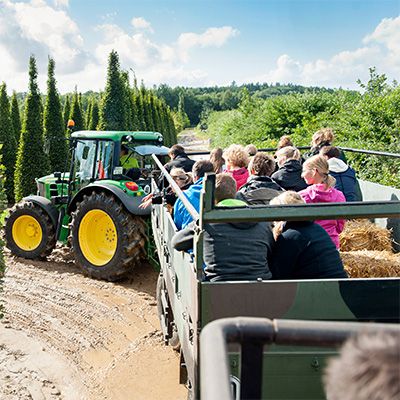
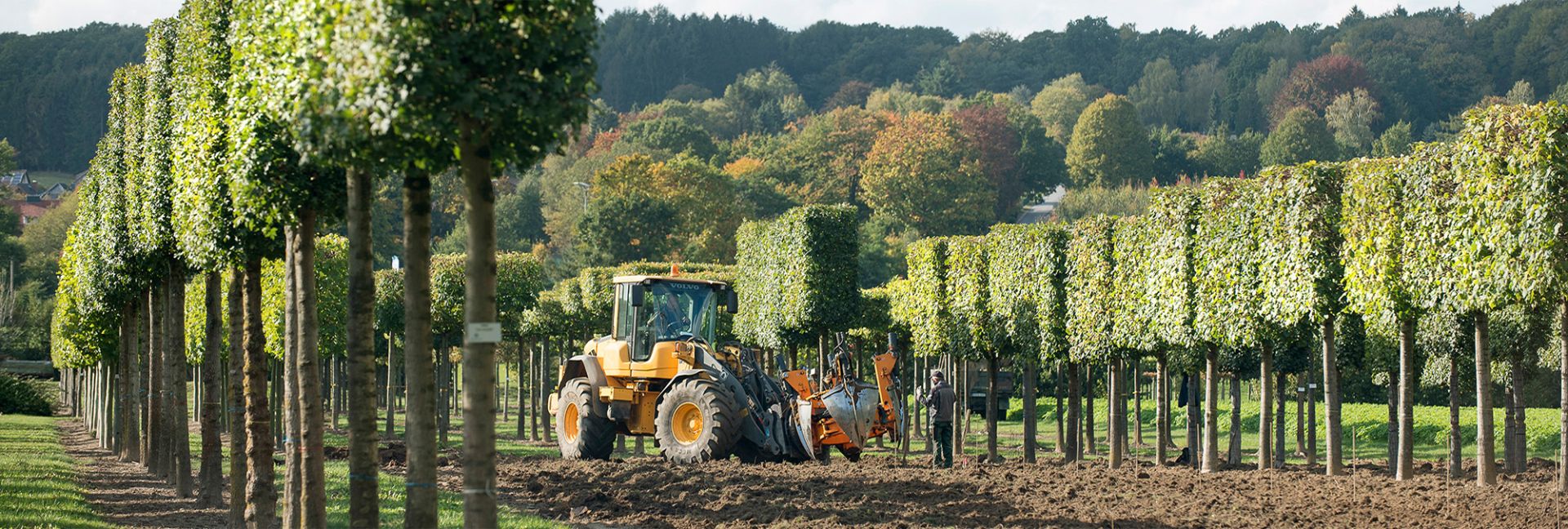
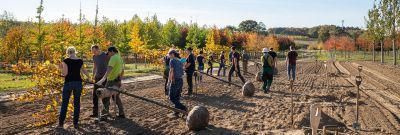
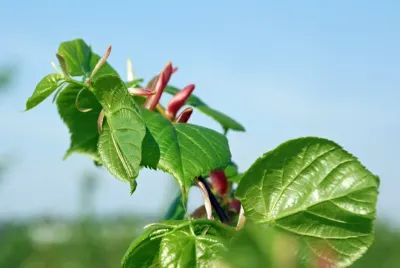
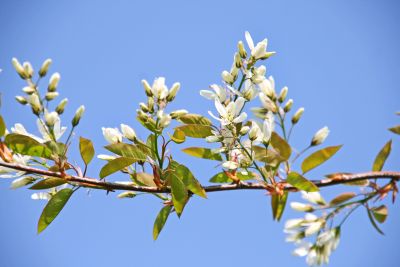
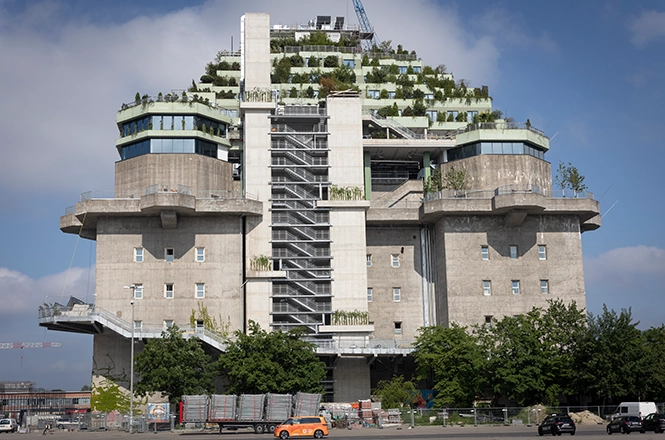
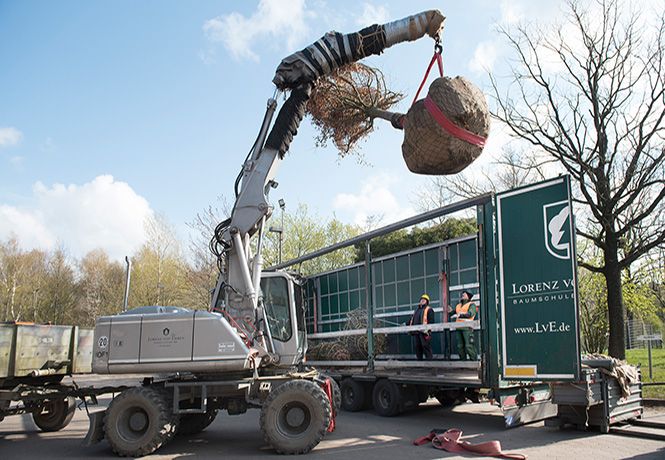
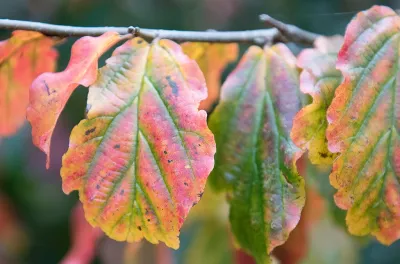
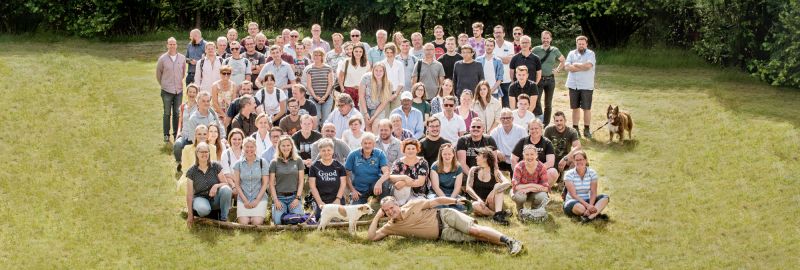
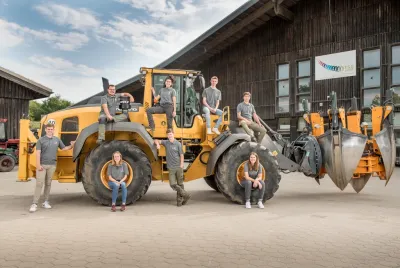
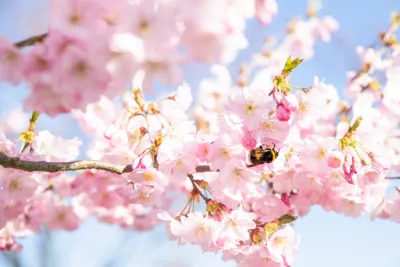
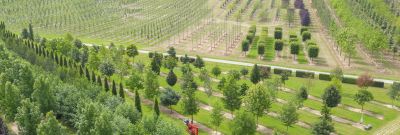
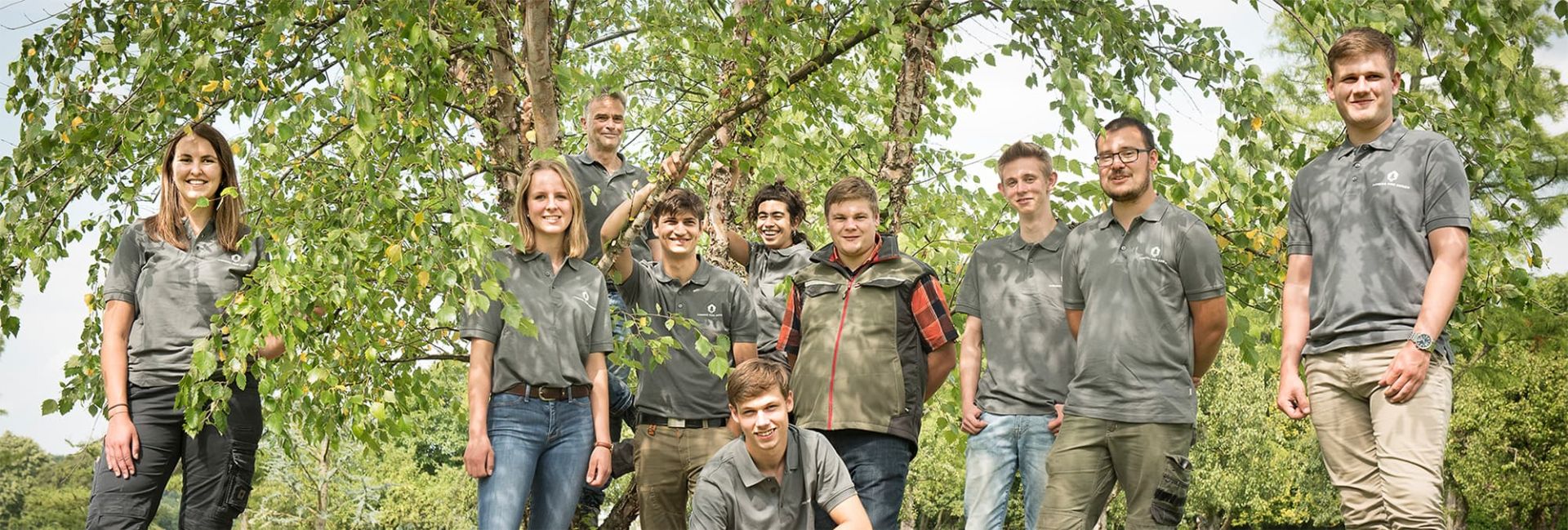
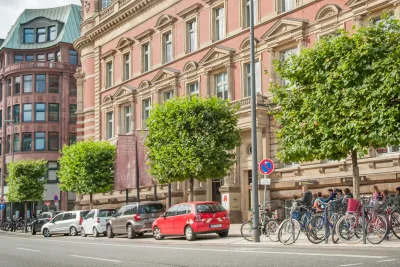
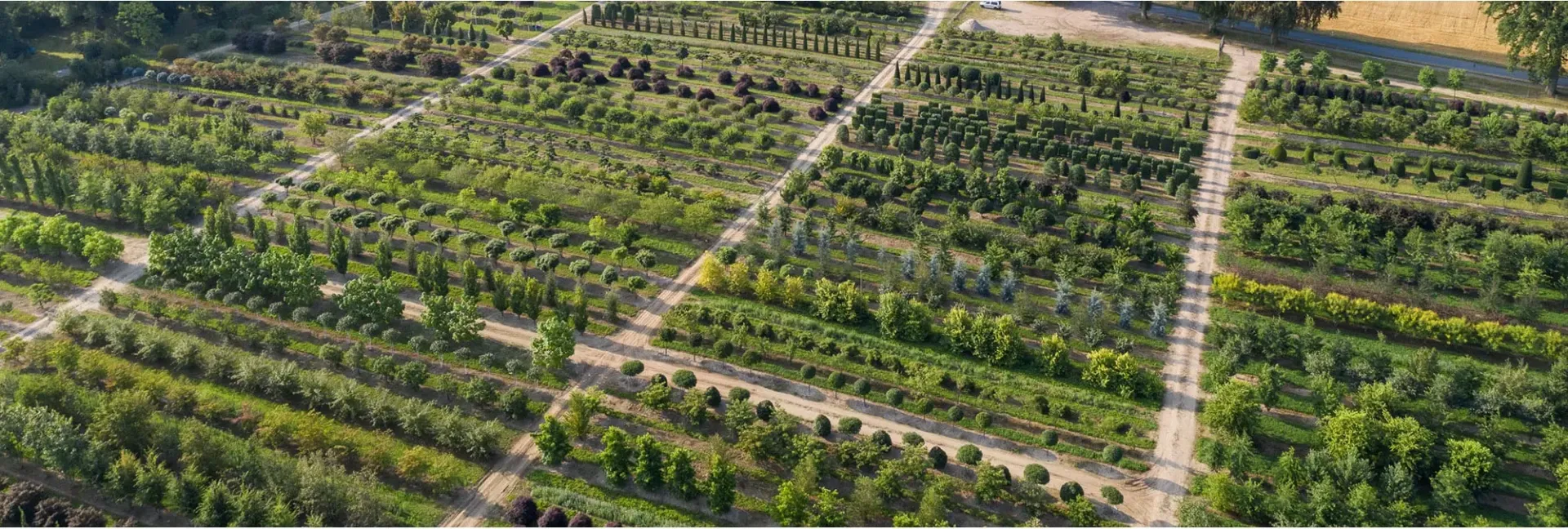
_400x400.webp)
